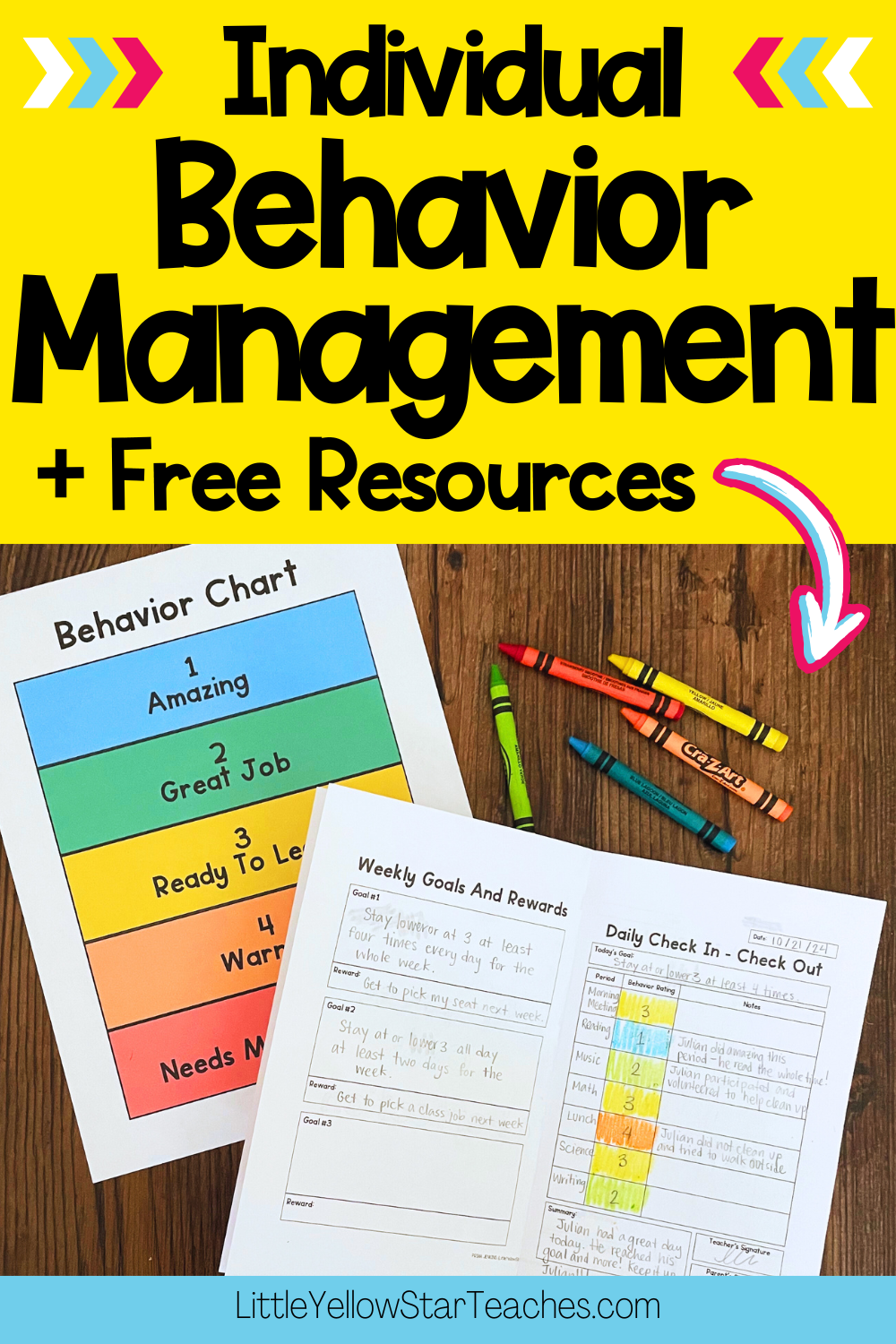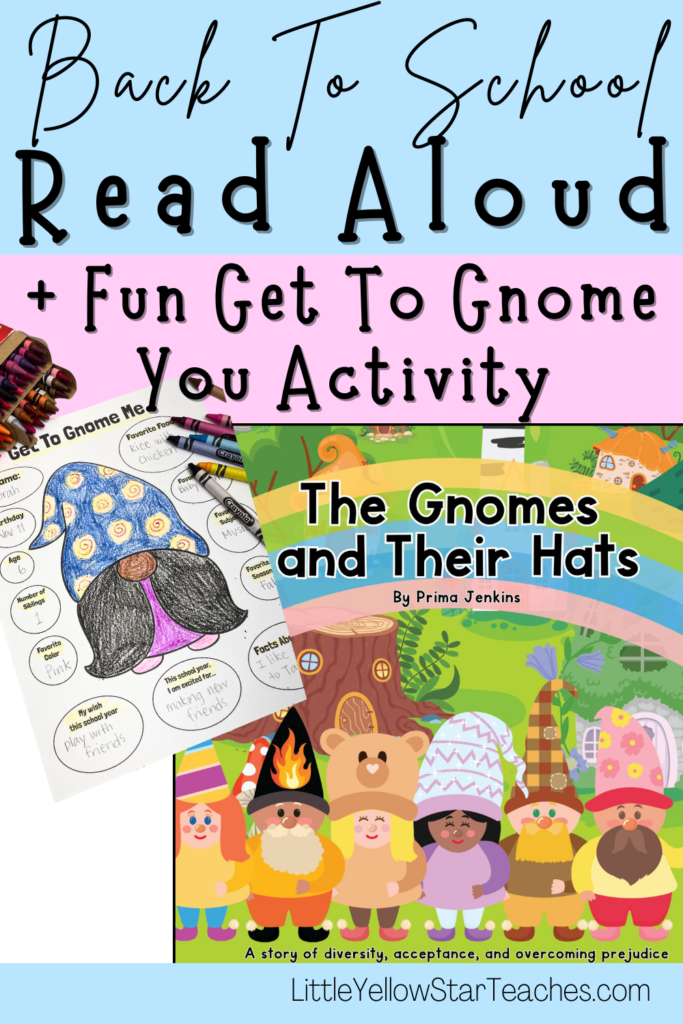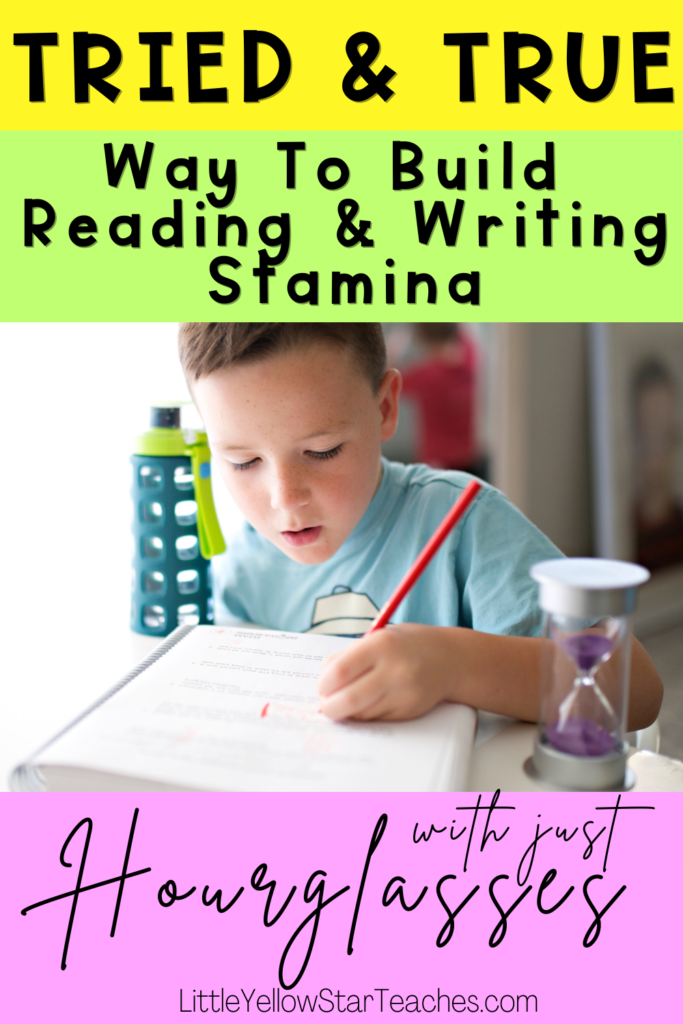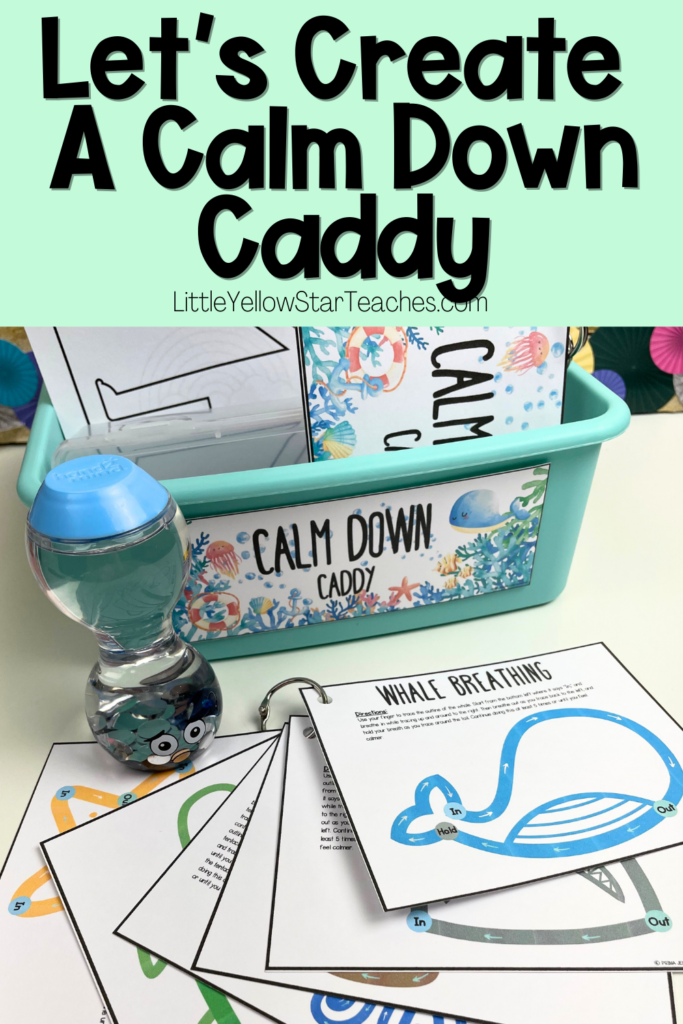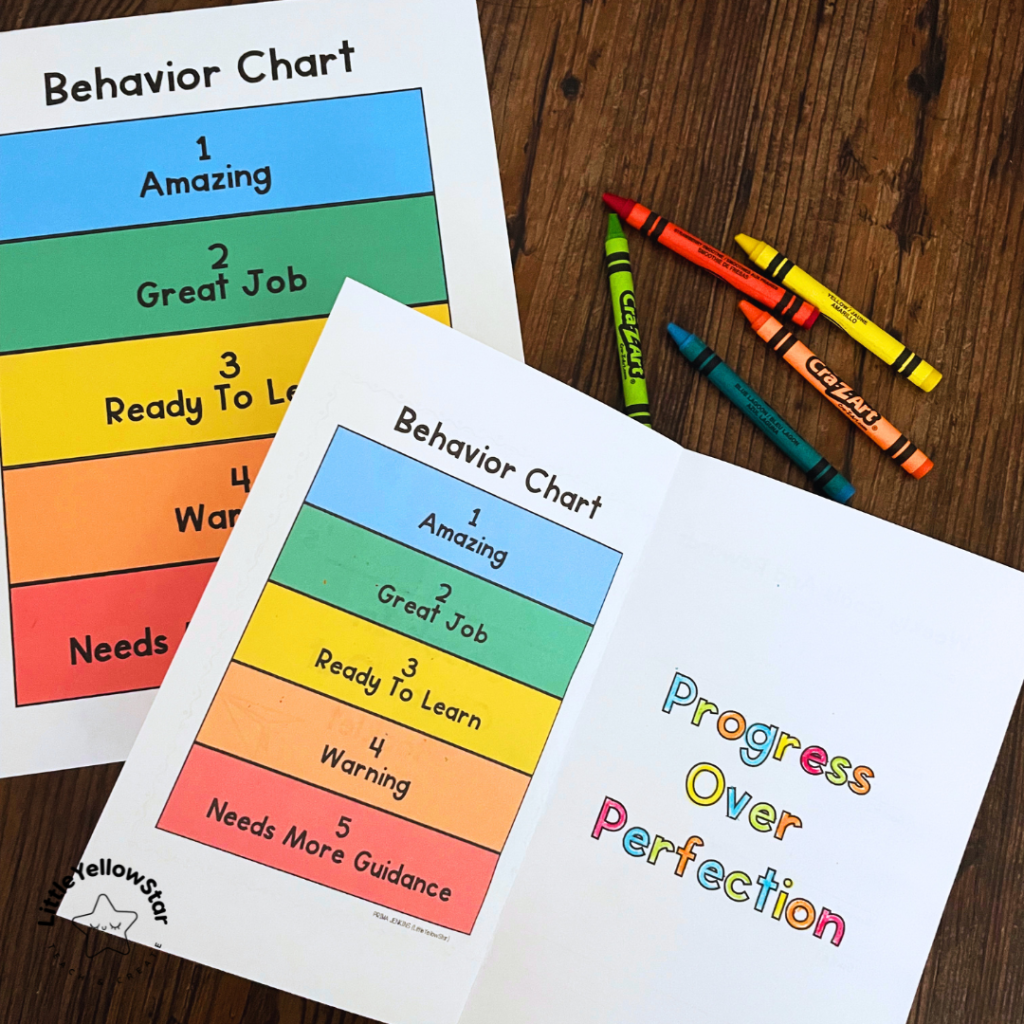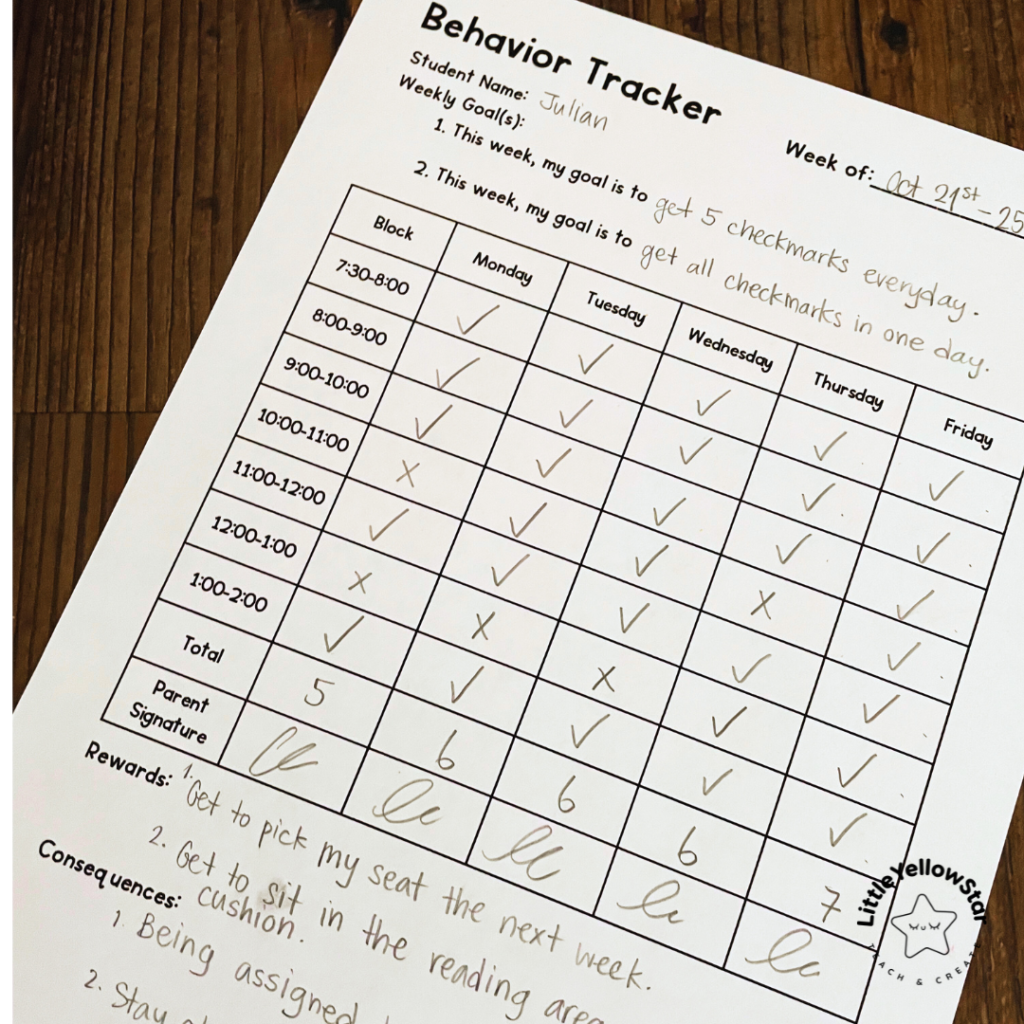Having solid classroom management strategies is essential for creating a positive learning environment. But sometimes, even the best strategies aren’t enough for some students who may need extra support.
Whether a student is on a behavior plan, struggling with intense emotions, or needs more individualized attention, there are steps you can take to create a structured, supportive system. In these cases, it’s important to work closely with parents, school counselors, and other staff to create a plan that works for everyone involved.
Below are some strategies I’ve found useful when dealing with challenging behaviors, along with what I’ve learned through trial and error.
Behavior Management Strategies for Challenging Students
1. Documentation is Key
One of the most important things you can do when working with students who exhibit challenging behaviors is to document everything. It may seem like a lot at first, but if you make it a part of your daily routine, it becomes second nature.
Take notes about specific behaviors, triggers, and patterns you notice, and use a behavior reflection sheet to track incidents. Make sure to document any interventions you try, and whether they worked or not.
Why it’s important:
Not only does documentation help you track progress, but it also protects you if issues arise later. It can be invaluable when meeting with parents or school counselors, especially if a formal behavior plan is being discussed.
Taking five minutes at the end of each day to summarize behavior incidents can save you a lot of headaches later on.
2. Individual Behavior Plans with In-Class Rewards
In a self-contained classroom, I found individual behavior plans to be highly effective. For students needing more structured behavior support, I created a weekly behavior sheet where the student worked toward daily and weekly goals.
For example, if a student received a positive check for at least five periods for three days, they would earn a small reward. If they achieved positive checks for four or five days, the rewards would be greater.
While I collaborate with parents on these plans, I always use rewards that are within my control—such as stickers, extra cushion time, or a special role in the class.
While it’s wonderful to include parents in the process, relying on at-home rewards can sometimes backfire. Parents may have busy schedules or other priorities, and if the promised reward doesn’t come through, it can lead to a relapse in behavior.
What works:
- Set small, realistic goals that students can achieve within a week or even a day.
- Focus on in-class rewards to avoid situations where parents may be unable to follow through on their end.
Grab these free resources to make your teaching life easier!
3. Check-In, Check-Out System
For students who see multiple teachers throughout the day, a Check-In, Check-Out system can be incredibly helpful. When I taught in a private school, students would spend several periods in specials (like art or PE), so it was important to create a behavior management system that was consistent across classrooms. I used a color-coded behavior booklet where each teacher marked the student’s behavior for each period.
Just like the weekly individual behavior plan, students had daily and weekly goals to work towards.
This booklet not only kept behavior management consistent throughout the day but also became an excellent communication tool with parents and the school counselor.
It’s a quick way to document how the student is doing without having to write lengthy notes after every class.
Why it works:
This strategy provides accountability and consistency. It also gives all the teachers a simple, unified way to document progress.
4. Small, Realistic Goals Work Best
One strategy that has always worked for me is setting small, achievable goals. Whether it’s a daily goal or a weekly one, make sure that the student feels like they can succeed. Celebrate their wins—no matter how small—and build on that momentum.
Working in this field, it’s important to remember that there are no bad students, but there are students who are used to making bad choices. We want to help them win, we want to help them learn how to make better choices, what it feels like to make good choices, and be rewarded for that.
For example, a goal could be as simple as “complete four periods without a behavior incident” or “take two deep breaths when feeling frustrated.” These are manageable, and they provide students with the confidence they need to keep moving forward. The reward does not have to be expensive or extravagant, it can just be getting to use a floor cushion or special pen. You know your students the best.
What Didn’t Work:
Parent-Child Behavior Contracts
When I first encountered a situation in my teaching career where I needed to support a student with a behavior plan, I went into a deep dive of research to figure out what to do. One of the tools I found online was the Parent-Child Behavior Contract. So, I worked with a counselor, drafted one, held a meeting, and more. But it wasn’t effective for me—if anything, it backfired.
The challenge with these contracts is that they often rely too heavily on at-home rewards or consequences, which can lead to frustration if parents are unable to follow through.
Parents may not see what happens at school firsthand, which makes it harder to enforce expectations. In my experience, when a behavior contract is broken, it can cause a relapse in behavior and even damage the relationship between the student, parent, and teacher.
***It was such a frustrating experience that I now caution anyone who might consider giving this a try.
What I recommend instead:
Stick to behavior plans and goals that are manageable and within your control. Focus on rewards you can provide in the classroom to ensure consistency and reliability for the student.
Communication and collaboration with parents are essential! However, you should not rely on the home environment to carry out expectations. Instead, treat anything that happens at home as a bonus.
Final Thoughts
When working with challenging students, flexibility, communication, and documentation are key – I cannot stress enough about documentation. Every student is different, so it’s important to create behavior plans that are tailored to individual needs.
Work closely with school counselors, admins, and parents, but remember to keep expectations realistic and rewards within your control. With patience and consistent effort, these strategies can help create a more positive and manageable classroom environment for everyone.
Remember: documentation, small goals, and consistency will save you time and help you better support your students. Keep refining your process, and you’ll find what works best for your classroom!
Happy reading!
Prima at LittleYellowStar
* * *

